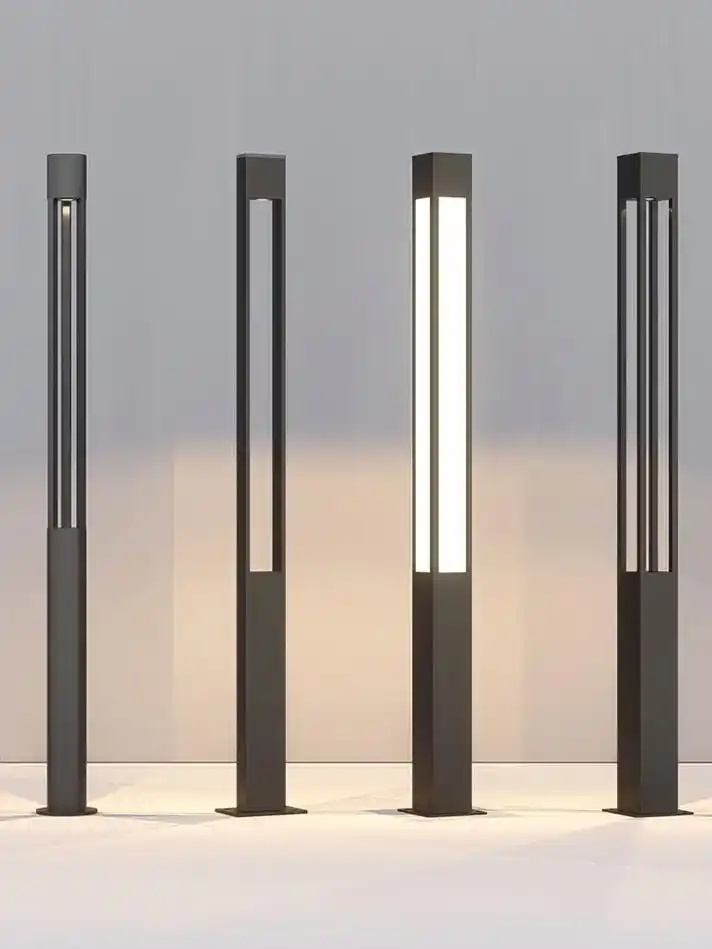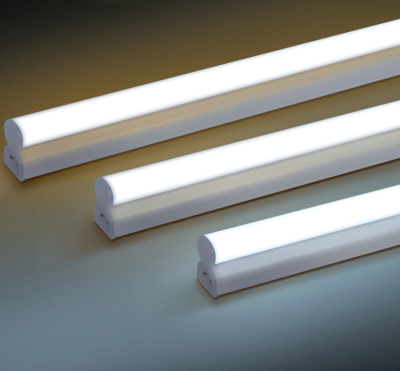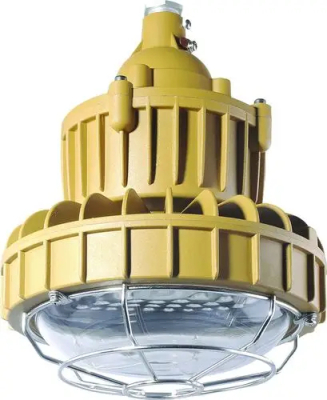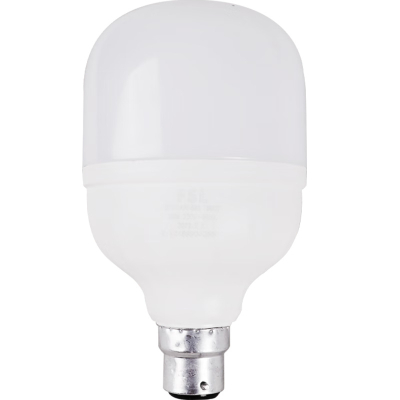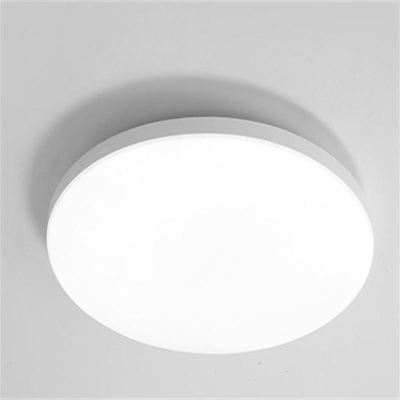Garden Light
Garden lights are outdoor lighting fixtures specifically designed to enhance the beauty and functionality of gardens and outdoor landscapes. They play a crucial role in creating an inviting and safe outdoor environment during the evening hours.
The housing of a garden light is typically made from durable materials that can withstand outdoor conditions. Common materials include aluminum alloy, stainless steel, and high - quality plastics. Aluminum alloy is popular due to its lightweight nature and excellent resistance to corrosion. Stainless steel provides a more robust and long - lasting option, with a sleek and modern appearance. Plastics are often used for their flexibility in design and affordability.
The housing is usually designed to be weather - resistant. It has a sealed construction to prevent water, dust, and debris from entering and damaging the internal components. High - quality gaskets, such as those made of rubber or silicone, are used around the edges and any openings to ensure a tight seal. Some garden lights also have a UV - resistant coating on the housing to prevent fading and discoloration caused by sunlight exposure.
Garden lights commonly use LED (Light - Emitting Diode) technology as the light source. LEDs are highly preferred for their energy - efficiency, long lifespan, and ability to emit a focused and consistent light. The LED module within the light can consist of one or more LEDs, depending on the desired brightness. The color temperature of the LEDs can vary, allowing for different lighting effects. For a warm and cozy atmosphere, a lower color temperature (around 2700 - 3000K) is often used. For a brighter, more daylight - like effect, a higher color temperature (around 5000 - 6500K) may be chosen.
In some cases, traditional incandescent bulbs or solar - powered light sources can also be found in garden lights. Solar - powered garden lights have a built - in solar panel that charges a battery during the day, enabling the light to operate at night without the need for an electrical connection.
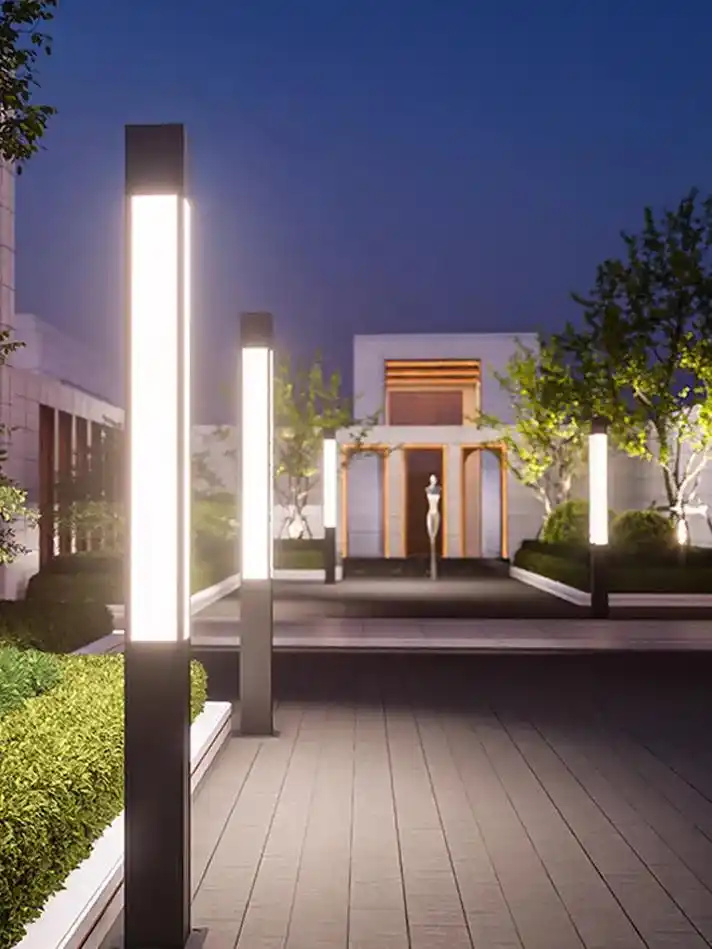
To direct and shape the light, garden lights incorporate optical components. The lens is a crucial part of this system and is typically made of toughened glass or high - grade, impact - resistant plastic. The lens serves to protect the light source from physical damage and to focus or diffuse the light as needed.
· For a more focused illumination that highlights specific garden features such as plants or statues, the lens may have a convex shape to direct the light downward. In contrast, a diffused lens can spread the light over a wider area, creating a softer and more ambient lighting effect. Some garden lights also have a reflector behind the light source to enhance the light - gathering and - directing capabilities.
Garden lights come in a variety of mounting options to suit different garden layouts. They can be stake - mounted, ground - mounted, or wall - mounted. Stake - mounted garden lights have a long, pointed stake at the bottom that can be easily pushed into the ground around flower beds or along garden paths. Ground - mounted lights are usually installed flush with the ground and are ideal for illuminating walkways or driveways.
Wall - mounted garden lights are attached to the exterior walls of buildings, fences, or other structures. They can provide upward or downward illumination and are often used to highlight architectural features or to light up outdoor living areas. The installation process for garden lights is generally straightforward, often requiring only basic tools and a power source (if not solar - powered).
In electrically - powered garden lights, there are essential electrical components. A driver circuit is used for LED - based lights to convert the input AC voltage from the power supply to the appropriate DC voltage and current required by the LED module. The driver also provides functions such as over - voltage protection, over - current protection, and dimming control.
The wiring is carefully insulated and routed within the housing to avoid any electrical hazards. The connections between the light source, driver, and other components are made through reliable connectors and terminals to ensure a stable electrical supply and proper operation of the light. For solar - powered garden lights, a solar panel, a rechargeable battery, and a charge controller are the key components that manage the power generation, storage, and use.
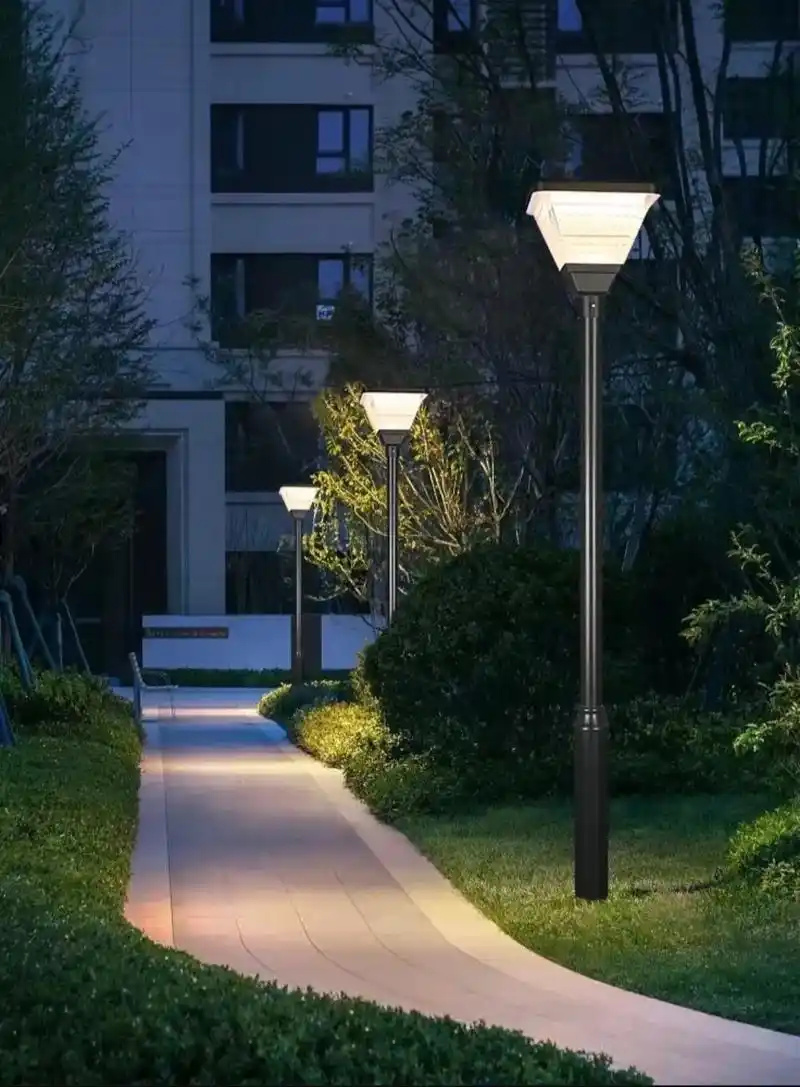
For electrically - powered garden lights, when connected to a power source, the AC voltage is fed into the driver circuit. The driver converts the AC voltage to the specific DC voltage and current needed for the LED module to operate. The LEDs then emit light through the process of electroluminescence. The light is directed and shaped by the optics and lens to illuminate the garden area.
In solar - powered garden lights, during the day, the solar panel converts sunlight into electrical energy. The charge controller manages the charging process of the battery, ensuring it is charged efficiently and safely. At night, the battery provides power to the LED module, which emits light to illuminate the garden.
Garden lights are a wonderful way to enhance the beauty of a garden. They can highlight the unique features of the landscape, such as flower beds, trees, water features, and sculptures. The soft glow of the lights creates a magical and inviting atmosphere, allowing you to enjoy your garden even after dark.
Safety and Visibility
These lights improve safety by providing clear illumination of garden paths, steps, and other potential hazards. This helps prevent accidents such as trips and falls, especially in low - light conditions or at night. Garden lights also enhance security by making the area more visible, deterring potential intruders.
Energy - Efficiency and Sustainability
LED - powered garden lights are energy - efficient, consuming less electricity compared to traditional incandescent lights. Solar - powered garden lights are even more sustainable, as they rely on renewable solar energy and do not require an external power source, reducing energy costs and environmental impact.
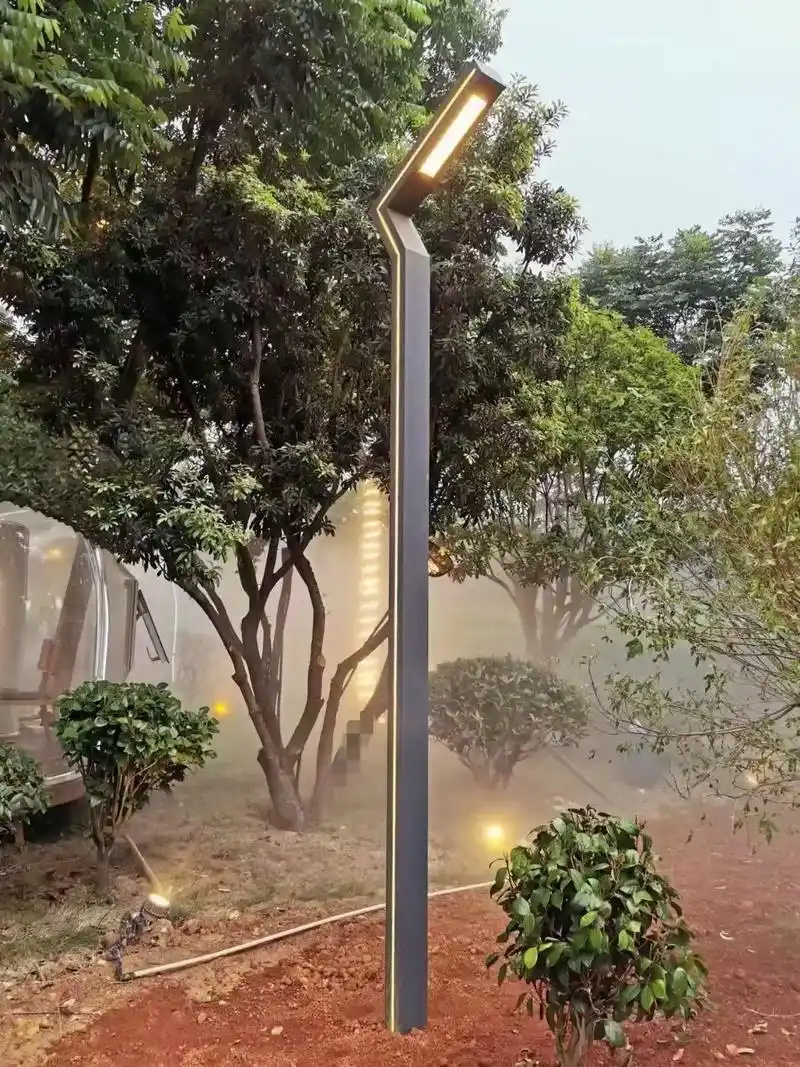
Garden lights are used to light up paths, guiding visitors through the garden. The focused or diffused light can create a pleasant walking experience, allowing people to appreciate the beauty of the plants and other features along the way.
They are perfect for highlighting specific elements in the garden, such as a beautiful flower arrangement, a unique tree, or a decorative statue. By directing light onto these features, garden lights bring them to the forefront and add visual interest.
Garden lights can also be used to illuminate outdoor living spaces such as patios, decks, and pergolas. They create a cozy and inviting atmosphere, making these areas more enjoyable for relaxation and entertainment during the evening.

